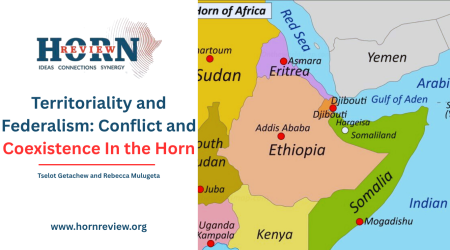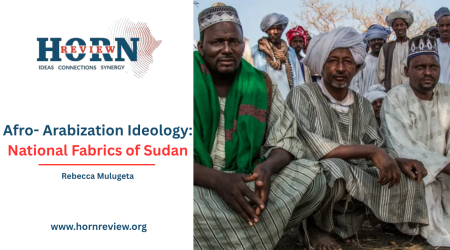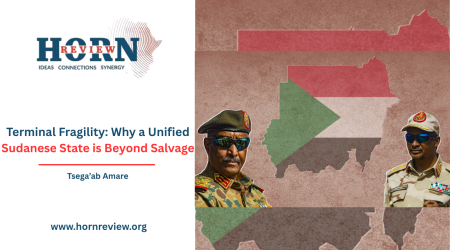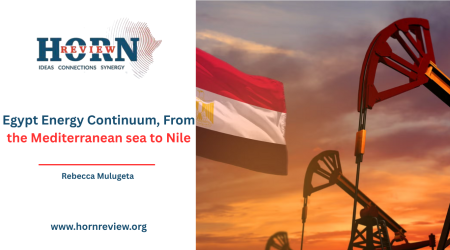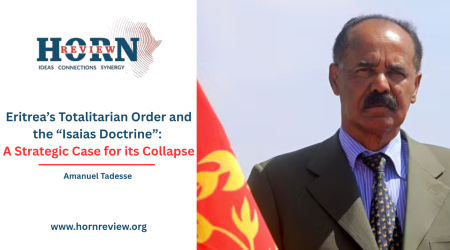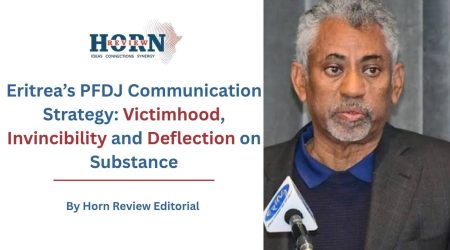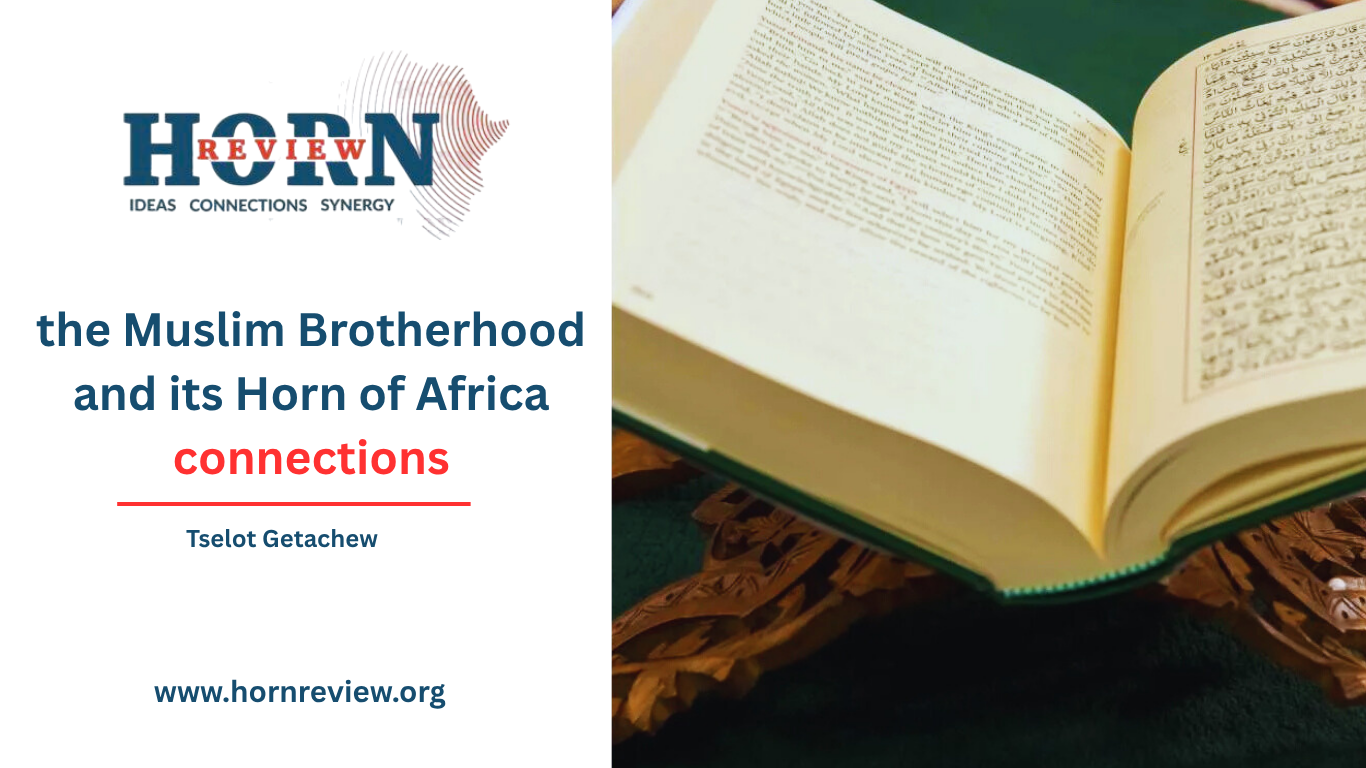
20
Nov
the Muslim Brotherhood and its Horn of Africa connections
The Muslim Brotherhood, or al-Ikhwan al-Muslimun, remains one of the most influential and polarizing Islamist movements of the modern era. Contrary to widespread assumptions, the organization did not initially emerge as a political party but rather as a social and religious movement. Over time, however, it evolved into a force with distinct political ambitions. Despite persistent repression across much of the Middle East, the Brotherhood maintains significant ideological appeal, organizational adaptability, and transnational reach. While some governments classify it as a terrorist organization, others view it as a socio-political actor advocating Islamic governance within legal parameters. In an era in which identity politics increasingly shapes both domestic and global affairs, understanding the Brotherhood’s ideological resonance, its complicated relationship with liberal democratic institutions, and its perceived challenge to secular governance has become essential for informed policy formulation. This article explores the movement’s historical trajectory, its contested political posture, and its strategic implications for regional and global security.
The Muslim Brotherhood, formally known as the Society of the Muslim Brothers, is a transnational Sunni Islamist organization founded in Egypt in 1928 by Hassan al-Banna. It stands at the crossroads of political Islam, grassroots mobilization, and transnational ideological influence. As Arab states recalibrate their domestic politics and foreign alliances, and as Western democracies grapple with the complexities of religious pluralism and migration, the group has re-emerged as a central point of ideological contention. From its inception, the Brotherhood promoted a comprehensive conception of Islam—spiritual, social, political, and economic. Over several decades, it transitioned from a missionary and educational organization into a political movement advocating Islamic governance through gradual social reform and electoral participation.
Its ideological foundation rests on the conviction that Islam constitutes a complete civilizational framework capable of addressing the challenges of modern governance. Unlike Salafi-jihadist groups, the Brotherhood has traditionally rejected violent overthrow and instead invested in grassroots organizing, political participation, and social services (Zachary Laub 2019). Nevertheless, ambiguities in its positions on pluralism, minority rights, and the role of women continue to generate legitimate concerns.
Following the Arab Spring, the Brotherhood rose to power through democratic processes in several countries, including Egypt and Tunisia. In Egypt, however, significant limitations in inclusive governance, economic performance, and civil–military relations surfaced under President Mohamed Morsi. The military coup of July 3, 2013 forced the movement into a phase of ideological introspection as it faced severe repression and widespread exile.
Today, the Brotherhood is outlawed in Egypt—its birthplace—and designated a terrorist organization. Its assets have been confiscated, and thousands of its members remain imprisoned, exiled, or in hiding (BBC 2013). Yet it continues to resonate ideologically among populations disillusioned with authoritarian governance and socio-economic stagnation. The organization has fractured internally, with some factions advocating political reconciliation and others favoring more confrontational approaches. By contrast, Turkey and Qatar provide safe haven to exiled Brotherhood leaders and platforms for their intellectual discourse. Turkey’s ruling Justice and Development Party (AKP) shares ideological affinities with the Brotherhood, while Qatar’s media infrastructure—particularly Al Jazeera—has long been accused of amplifying its narratives. This alignment has placed both states at odds with other Gulf monarchies and fueled intra-Sunni rivalries.
The governments of the UAE and Saudi Arabia view the Brotherhood as a direct threat to monarchical legitimacy. They argue that the group’s foundational ideology challenges the traditional social contracts underpinning hereditary rule. Consequently, both states aggressively oppose the Brotherhood, lobbying for international support to designate it a terrorist organization.
In contrast, Jordan’s Islamic Action Front participates in parliamentary politics, while Tunisia’s Ennahda party has rebranded itself as a “Muslim democratic” party, distancing itself from orthodox Brotherhood doctrine. In Libya and Sudan, actors associated with the Brotherhood remain influential but are constrained by weak state institutions and foreign intervention. In Palestine, Hamas—founded as the Brotherhood’s Palestinian branch—maintains ideological alignment while operating as an armed resistance organization. Its role complicates the Brotherhood’s global image, blurring the line between political Islamism and armed conflict.
In the United States, Representative Nancy Mace introduced the Muslim Brotherhood Is a Terrorist Organization Act of 2025, underscoring the broader debate over how democracies should classify and engage with the Brotherhood (Cornyn, John 2025). Whether the movement constitutes a terrorist organization or primarily an ideological actor remains unresolved, with answers varying by political context. While the Brotherhood has historically repudiated violence as a means of seizing power, its ambiguous posture toward groups like Hamas and its involvement in confrontational politics have deepened suspicions. Critics point to inflammatory rhetoric, clandestine networks, and what they describe as a “double discourse”—moderate in public, radical in private.
Advocates for designating the Brotherhood as an extremist group emphasize national security, arguing that infiltration of NGOs, charities, and educational institutions could create avenues for radicalization. Opponents counter that conflating ideological Islamism with terrorism is analytically flawed and strategically counterproductive, as it risks alienating moderate Islamist constituencies that could otherwise serve as bulwarks against violent extremism. Excessive repression can push moderate Islamists toward radical fringes—an outcome observed historically. As Elizabete Aunina (2018) notes, exclusion fuels extremism. The Brotherhood’s decentralized structure and capacity for covert operation heighten this risk by driving activities underground, where oversight is more difficult. In contexts where permitted to operate, the Brotherhood has demonstrated significant capacity for providing social services, education, and health care—often outperforming the state. Eliminating these networks without establishing competent alternatives can create service vacuums, exacerbate inequality, and increase public discontent.
The geopolitical influence of the Muslim Brotherhood extends beyond the Middle East and North Africa to shape political Islam in the Horn of Africa. Countries such as Sudan, Somalia, Eritrea, and Ethiopia host Islamist movements that—though contextually distinct—share ideological commonalities with the Brotherhood’s emphasis on intertwining Islamic principles with governance. The influence is subtle but significant.
In Sudan, the National Islamic Front (NIF) served as the Brotherhood’s local expression. After capturing the state, it embedded Islamist ideology deeply into institutions, education, and patronage systems—structures that persisted long after its formal dominance waned. It developed a hierarchical yet flexible network linking religious scholars, youth groups, and charitable organizations. Even after the fall of Omar al-Bashir, Brotherhood-affiliated Islamic movements continue to exert influence through support for the Sudanese Armed Forces (SAF), strategic political maneuvering, and international alliances.
In Somalia, the Brotherhood-affiliated Harakat al-Islah functions primarily as a socio-religious movement. Unlike militant groups such as al-Shabaab, Al-Islah advocates nonviolent strategies to achieve an Islamic state, emphasizing dawa, education, and professional networks. Some analysts argue that while Brotherhood actors do not engage in terrorism, their ideas on governance and social organization may indirectly influence discourses that al-Shabaab exploits for recruitment—particularly among urban youth dissatisfied with governance.
In Ethiopia, no formal Brotherhood branch exists, but Brotherhood-inspired activism manifests through mosque committees, charities, student groups, and professional associations. The 2011–2013 Muslim mobilization in Addis Ababa—triggered by state interference in Islamic council elections—demonstrated how grievances over religious autonomy can generate broad-based activism resembling Brotherhood-style organization.
In Eritrea, the Brotherhood’s presence is less institutionalized, but recent developments indicate growing connections. Reports suggest that Eritrean Muslim organizations receive support from Turkey, a state closely associated with Brotherhood networks. The Eritrean Ulama’a League, for example, opened an office in Istanbul in 2019, with a Turkish government official attending the inauguration. This development reflects emerging links between Eritrean Muslim groups and broader transnational Islamist currents.
The Brotherhood’s networking strategy is not characterized by centralized command but by diffuse transnational ideological influence. Connections are cultivated through alumni of Egyptian and Sudanese universities, participation in pan-Islamic conferences, diaspora networks, and media platforms based in Qatar and Turkey. Recruitment often focuses on urban students, professionals, and mosque-based youth circles, appealing to narratives of moral renewal, social justice, and good governance. Unlike Salafi-jihadist groups, Brotherhood-inspired actors typically emphasize gradual reform through education, elections, and civic engagement rather than armed struggle.
Globally, no consensus exists on how to classify the Muslim Brotherhood. Egypt, the UAE, Saudi Arabia, and Russia designate it a terrorist organization. Western democracies—including the United States, the United Kingdom, and most of the European Union—differentiate between its political activism and violent extremism, opting for strategies of selective engagement combined with surveillance.
In conclusion, the Muslim Brotherhood resists simple categorization. It is neither wholly a religious movement nor merely a political actor; it is a hybrid phenomenon rooted in identity politics, historical grievances, and social mobilization. Whether it is viewed as a credible political force or a destabilizing actor remains contested and will ultimately depend on its actions, its commitment to democratic norms, and its capacity for ideological evolution. Suppression alone will not eliminate the structural conditions that give rise to such movements. Sustainable policy must therefore rely on strategic engagement, cautious monitoring, and institutional resilience. The Brotherhood should be understood not as a relic of the past but as a dynamic and adaptive movement whose future trajectory will shape the evolution of political Islam and regional stability in the decades ahead.
By Tselot Getachew, Researcher, Horn Review
Reference
- BBC. 2013. “Egypt’s Muslim Brotherhood declared ‘terrorist group’.” BBC NEWS https://www.bbc.com/news/world-middle-east-25515932
- Cornyn, John. 2025. “Cornyn Cosponsors Bill to Label Muslim Brotherhood a Foreign Terrorist Organization.” Office of Senator John Cornyn https://www.cornyn.senate.gov/news/cornyn-cosponsors-bill-to-label-muslim-brotherhood-a-foreign-terrorist-organization/
- Elizabete Aunina. 2018. “Oppressing Islamists and Domestic Insecurity in Egypt and Tajikistan” E-INTERNATIONAL RELATION https://www.e-ir.info/2018/04/19/oppressing-islamists-and-domestic-insecurity-in-egypt-and-tajikistan
- Zachary Laub. 2019. “Egypt’s Muslim Brotherhood.” council on foreign relations https://www.cfr.org/backgrounder/egypts-muslim-brotherhood

